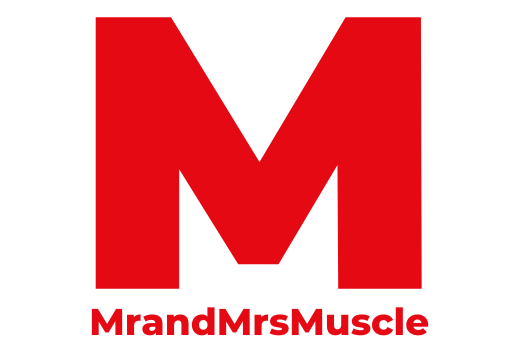What is the iliocostalis muscle?
The iliocostalis muscle runs parallel to the spine. It is one of the three muscles that make up the erector spinae group, along with the longissimus muscle and the spinalis muscle. It is responsible for extending and rotating the vertebral column, and it also helps to maintain posture and stability in the back.
Origin, insertion and function
Origin:
The iliocostalis muscle originates from the lower three or four ribs, the lumbar fascia, and the thoracolumbar fascia.
Insertion:
The iliocostalis muscle inserts on the transverse processes of the upper six thoracic vertebrae and on the posterior aspect of the iliac crest. (1)
Function:
The iliocostalis muscle functions to extend and rotate the vertebral column, and it also helps to maintain posture and stability in the back. It also helps to flex the spine and assist in breathing. The iliocostalis muscle is responsible for extending and rotating the vertebral column, and it also helps to maintain posture and stability in the back.

Common signs of weak iliocostal muscles
Weak iliocostalis muscles can lead to or affect the following:
Poor posture: a hunched or rounded upper back, and an exaggerated curvature of the lower back.
Back pain: Weakness in the iliocostalis muscles can lead to strain and tension in the back, resulting in pain and discomfort.
Difficulty in lifting heavy objects
Loss of spinal stability: Weakness in the iliocostalis muscles can lead to loss of stability in the spine, making it more susceptible to injury.
Loss of flexibility in the spine: weak muscles in this area can cause stiffness in the spine, making it difficult to move in certain directions.
It is important to note that these signs may also be caused by other issues, such as injury, muscle imbalances, or other underlying conditions. If you suspect that you have weak iliocostalis muscles, it is important to see a doctor or physical therapist for a proper diagnosis and treatment plan.
Exercises to strengthen the iliocostalis muscles
Here are some exercises that can help to strengthen the iliocostalis muscle:
Prone back extension:
Lie face down on a mat with your arms by your sides. Slowly lift your upper body off the mat by pushing through your hands, keeping your head and neck in line with your spine. Lower your body back down to the mat. Repeat for several reps.
Seated rows:
Sit on the edge of a bench with a weight in each hand. Lean forward, keeping your back straight, and pull the weights towards your waist, squeezing your shoulder blades together. Lower the weights back to the starting position. Repeat for several reps.
Superman:
Lie face down on a mat with your arms extended in front of you. Slowly lift your arms, legs, and chest off the mat at the same time, holding the position for a few seconds. Lower your body back down to the mat. Repeat for several reps.
Deadlifts:
Stand with your feet hip-width apart, holding a weight in front of your thighs. Bend at the hips, keeping your back straight, and lower the weight towards the floor. Push through your heels to return to the starting position. Repeat for several reps.
Hyperextensions:
Stand in front of a hyperextension bench with your hips resting on the bench and your feet on the floor. Hold a weight in your hands and lower your upper body towards the floor. Push through your lower back to return to the starting position. Repeat for several reps.
Adding these exercises to a proper program will no only strengthen your iliocostalis muscle but also strengthen your entire posterior chain.
It is important to consult a medical professional or a certified trainer before starting any new exercise program. They will be able to assess you and help provide appropriate exercises and guidance.
References:
- Henson B, Kadiyala B, Edens MA. Anatomy, Back, Muscles. [Updated 2022 Aug 25]. In: StatPearls [Internet]. Treasure Island (FL): StatPearls Publishing; 2022 Jan-. Available from: https://www.ncbi.nlm.nih.gov/books/NBK537074/
